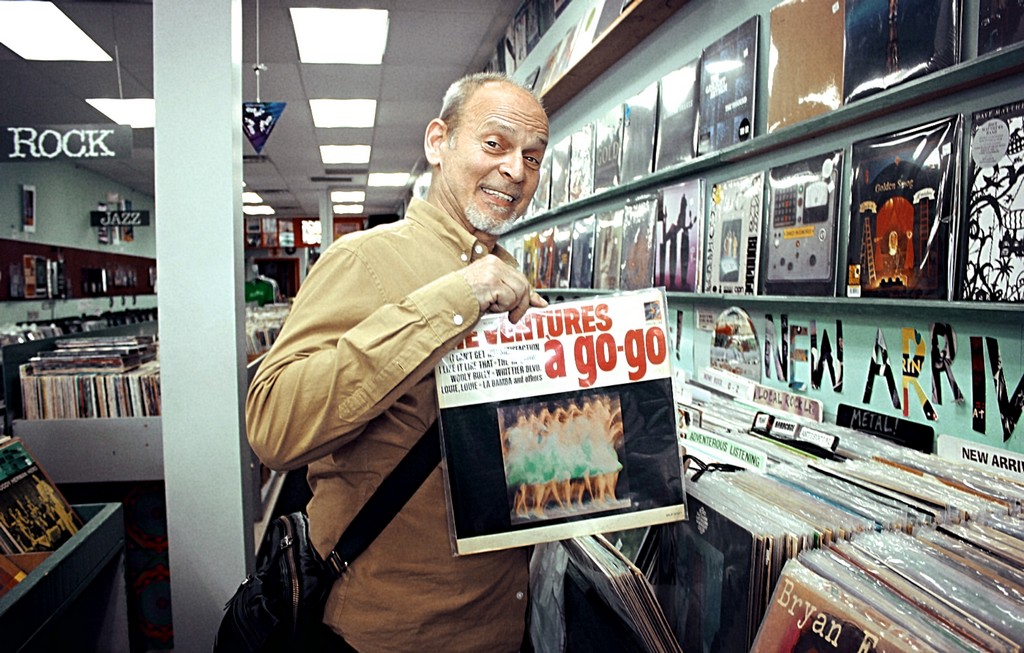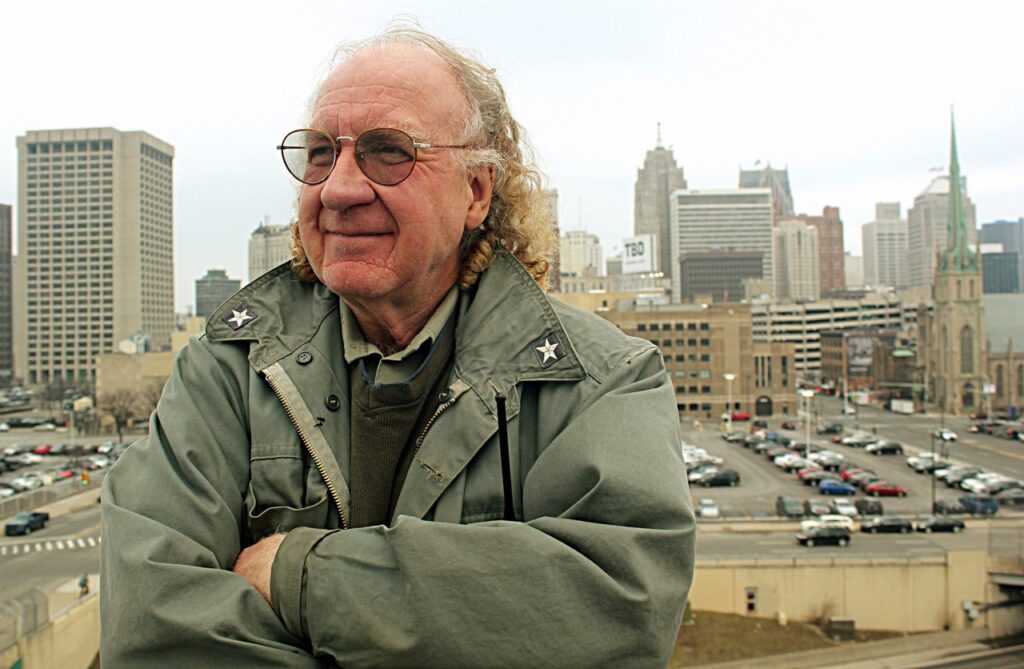Loading posts…
No more posts
Appendix
All Post Tags
Show More
–
- – EXCLUSIVE – (34)EXCLUSIVE posts and articles published only to the Detroit Bookfest website.
A
- Art (11)
B
- Bookfest 2017 (14)Information related to Detroit Bookfest 2017.
- Bookfest 2018 (9)Information related to Detroit Bookfest 2018.
- Bookfest 2019 (13)Information related to Detroit Bookfest 2019.
- Bookfest 2020 (2)Information related to Detroit Bookfest 2022.
- Bookfest 2021 (8)Information related to Detroit Bookfest 2021
- Bookfest 2022 (9)Information related to Detroit Bookfest 2022.
- Bookfest 2023 (7)Information related to Detroit Bookfest 2023.
- Bookfest 2024 (17)Information related to Detroit Bookfest 2024.
- Bookfest 2025 (59)Information related to Detroit Bookfest 2025.
C
- Charlie LeDuff (3)Posts mentioning Charlie LeDuff.
- Children’s Events (1)
- Comics (6)
D
- Debbie Maciolek (20)
- Debography (20)
- Detroit Free Press (3)
- Detroit News (4)
- Detroit Public Library (1)
E
- Eastern Market (34)
- Eastern Market Brewing Company (7)Posts mentioning Eastern Market Brewing Company (a.k.a. EMBC).
F
- Flyers (1)
H
- History (13)
L
- Library (7)
- Lonni Thomas (8)
R
- Rachel Quinlan (6)
- Rare (14)
V
- Vinylfest 2025 (2)
- Vinyl Records (7)
W
- Wayne Kramer (2)
- Wayne State University (5)
Quick Links
Popular Posts
(views)
- Interview with JOHN KING, owner of John K. King Used… (36,214)
- Eastern Market Was Built on the Old Russell Street Cemetery (24,317)
- Detroit Bookfest 2024 Festival Guide (17,907)
- Interview with Psychedelic Pioneer & Author KEN BABBS (10,243)
- 2025 Vendor Map (10,153)
- Detroit Bookfest 2025 Festival Guide (9,326)
- Announcing Detroit Vinylfest @ Eastern Market (7,794)
- Detroit Celebrates Café D’Mongo’s 10-Year… (6,321)
- Top 10 Tips for Detroit Bookfest Attendees (6,024)
- Virtual Detroit Bookfest (July 15-17, 2022) (5,343)
Archives by Year
Archives by Month
Click to Expand
- December 2025 (1)
- September 2025 (1)
- August 2025 (10)
- July 2025 (28)
- June 2025 (23)
- May 2025 (5)
- April 2025 (3)
- February 2025 (3)
- August 2024 (2)
- July 2024 (10)
- June 2024 (5)
- May 2024 (1)
- April 2024 (1)
- March 2024 (1)
- November 2023 (1)
- August 2023 (1)
- July 2023 (4)
- June 2023 (2)
- April 2023 (1)
- March 2023 (1)
- August 2022 (1)
- July 2022 (1)
- June 2022 (1)
- April 2022 (1)
- February 2022 (1)
- January 2022 (1)
- December 2021 (1)
- October 2021 (1)
- July 2021 (6)
- June 2021 (3)
- January 2021 (1)
- December 2020 (1)
- November 2020 (1)
- June 2020 (1)
- March 2020 (1)
- January 2020 (1)
- December 2019 (1)
- October 2019 (1)
- September 2019 (1)
- August 2019 (1)
- July 2019 (7)
- June 2019 (4)
- May 2019 (1)
- April 2019 (4)
- March 2019 (1)
- January 2019 (1)
- December 2018 (1)
- September 2018 (1)
- August 2018 (2)
- July 2018 (1)
- June 2018 (2)
- May 2018 (2)
- April 2018 (1)
- March 2018 (1)
- January 2018 (1)
- November 2017 (2)
- October 2017 (2)
- July 2017 (4)
- June 2017 (3)
- May 2017 (1)
- April 2017 (1)
- March 2017 (2)
- January 2017 (4)
Detroit Festival of Books
a.k.a Detroit Bookfest
About Us
Legal Info
Connect With Us
© 2025 Detroit Festival of Books – All Rights Reserved.
Website design by Sean Snyder @ Roaring Kitten Studios, Detroit MI






